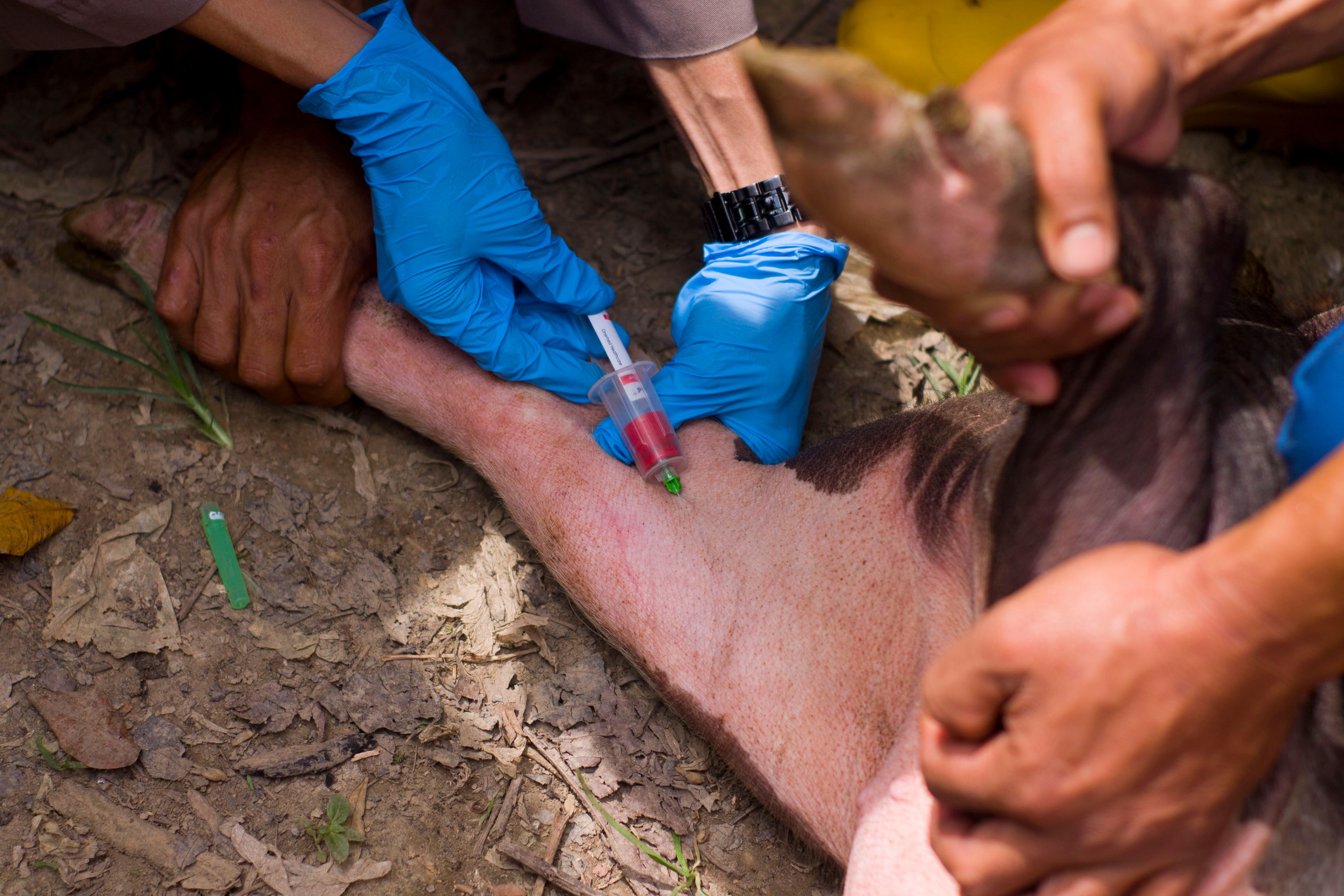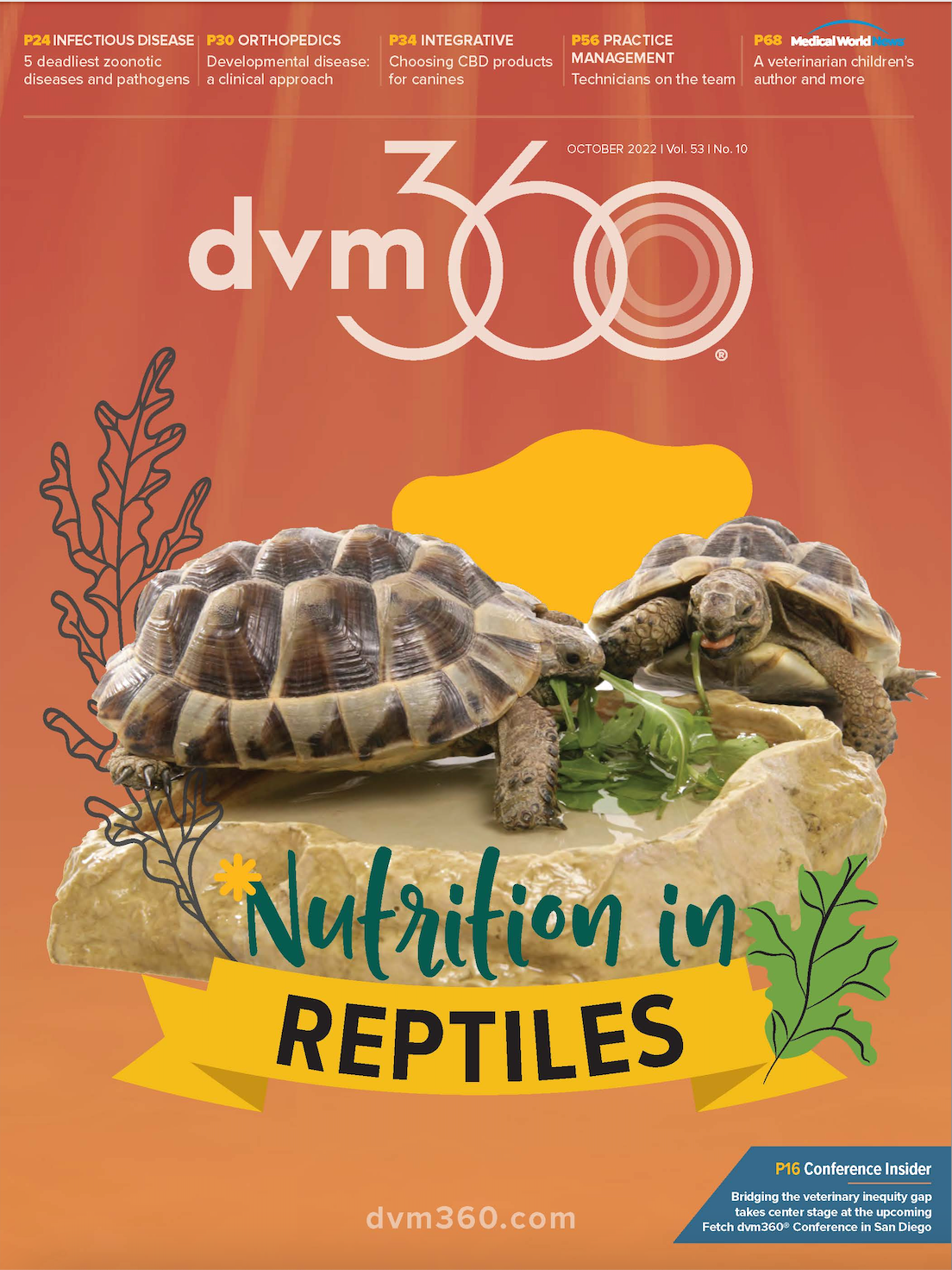By now, you’ve probably heard that the African swine fever virus (ASFV)1 has wreaked havoc on major pork-producing countries like China and Vietnam, severely crippling their ability to produce a much-needed source of protein for domestic use. If your practice doesn’t offer swine health consultation services, it may be easy to dismiss this nonzoonotic disease that primarily affects animals in Asia. However, ASFV threatens not only global food security2 but also agriculture, which is the backbone of the US rural economy.
ASF Basics6
- ASF is a foreign animal disease that has not been detected in domestic or wild swine in the US.
- It is a highly contagious hemorrhagic disease of all pigs, including domestic hogs, warthogs, European wild boar, and American wild pigs of all ages.
- It is not a threat to human health.
- It is a notifiable disease in the US.
- Suspected cases should be reported to state and federal animal health officials, who will initiate a foreign animal disease investigation. For proper testing and investigation, a call should be made to US Department of Agriculture at 1-866-536-7593.
- The US Animal and Plant Health Inspection Service prohibits the importation of live pigs and untreated products derived from pigs, including meat, from countries or regions affected by ASF.
- Strict biosecurity measures are essential to prevent the introduction and spread of ASFV.
- No approved treatments or vaccines exist. Disease prevention, control, and eradication depend on the implementation of strict sanitary measures.
ASFV can have serious negative impacts on animal health and welfare, international trade, national and global economies, rural development, and social and political behavior.3 Swine acutely infected with this virus have a high morbidity and mortality rate. African swine fever (ASF) is listed as a notifiable disease with the World Organization for Animal Health and recognized by the US Department of Agriculture as a high-consequence foreign animal disease.
As animal health practitioners, we share a common purpose: to prevent unnecessary animal suffering and mortality, irrespective of species. For many of you, that may mean caring for pot-bellied pigs, miniature pigs, or other members of the family Suidae that are kept as pets. Unfortunately, ASF doesn’t discriminate between farm and companion animals but affects nearly all subspecies of pigs.4,5
Common signs of acute ASFV infection are fever, reddening of the skin, anorexia, listlessness, and vomiting, which can occur after a typical incubation period of 4 to 15 days. Because the mortality rate of acute ASFV is nearly 100%, little can be done for affected animals, except mitigate their suffering. However, the mortality rate is lower with less virulent forms of ASF.1
In 2021, ASF was confirmed in the Dominican Republic and Haiti, within easy range of the continental US and territories like Puerto Rico. In response, this past June the USDA Animal Plant Health and Inspection Service launched Protect Our Pigs, a campaign to raise awareness about this threat and curb the risk.
Ours is a global society, and animals and animal products are transported around the world all day, every day. Controlling the threat of high-risk materials entering the United States is one of the duties of US Customs and Border Protection, but the agency needs our help. If you know of any animals, products, or materials coming into the US from areas where ASF is prevalent, please contact state or federal animal health officials and advise clients appropriately.
Together we can protect the national swine herd and ensure that an important source of protein continues to be available for consumers around the world. As veterinarians, we should all be supporting efforts to improve animal health and welfare and doing what is right for people, pigs, and the planet.
Dusty Oedekoven, DVM, DACVPM, is chief veterinarian of the National Pork Board.
References
- African swine fever. World Organization for Animal Health. Updated February 2022. Accessed September 15, 2022. https://www.woah.org/app/uploads/2021/03/a-african- swine-fever-v2-0.pdf
- African swine fever. The Center for Food Security and Public Health, Iowa State University College of Veterinary Medicine. Reviewed October 2018. Accessed September 15, 2022. https://www.cfsph.iastate.edu/DiseaseInfo/notes/AfricanSwineFever.pdf
- Global control of African swine fever: a GF-TADS initiative. Food and Agriculture Organization of the United Nations and World Organisation for Animal Health. 2020. Accessed September 15, 2022. https://www.woah.org/fileadmin/Home/eng/Animal_ Health_in_the_World/docs/pdf/ASF/ASF_GlobalInitiative_Web.pdf
- How to protect your pigs against African swine fever. USDA Animal and Plant Health Inspection Service. Accessed September 21, 2022. https://www.aphis.usda.gov/aphis/ resources/pests-diseases/asf/asf-farm-and-pet-pigs
- African swine fever. The Center for Food Security and Public Health, Iowa State University College of Veterinary Medicine. Updated June 2019. Accessed September 21, 2022. https://www.cfsph.iastate.edu/Factsheets/pdfs/african_swine_fever.pdf
- Emerging risk to animal health notice: African swine fever. USDA Animal and Plant Health Inspection Service. August 2018. Accessed September 21, 2022. https://www.aphis.usda. gov/animal_health/downloads/animal_diseases/swine/ed-notice-asf.pdf

